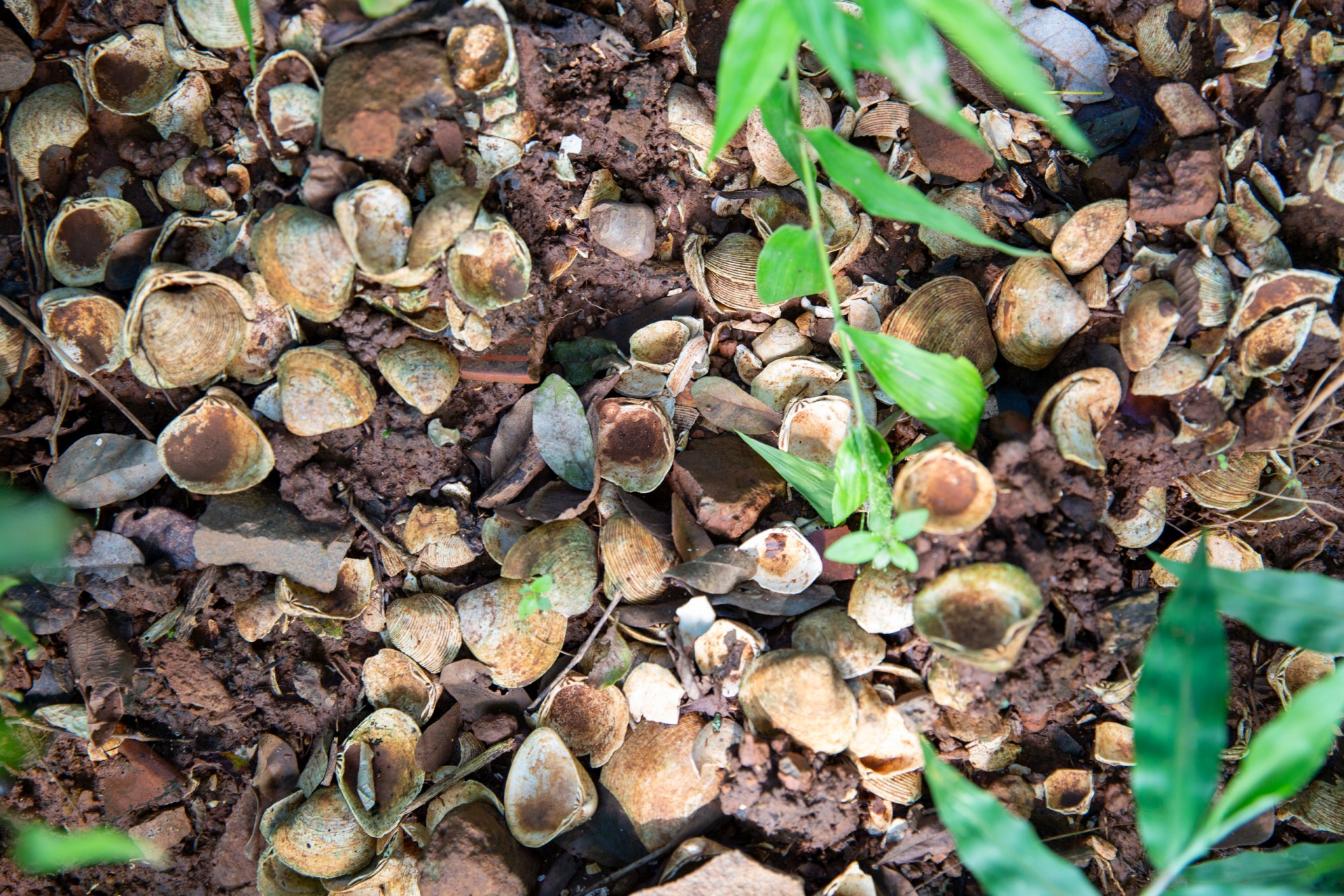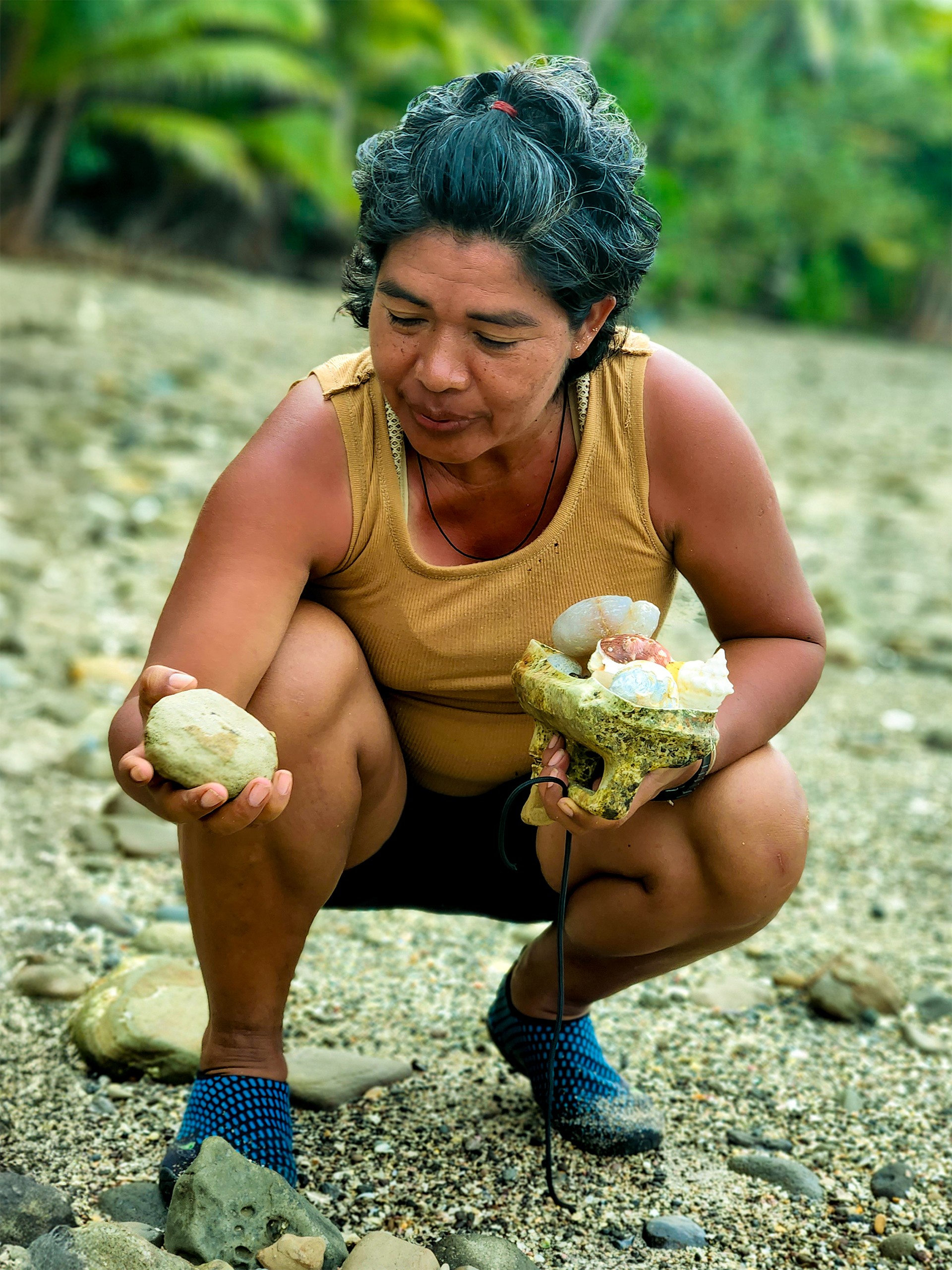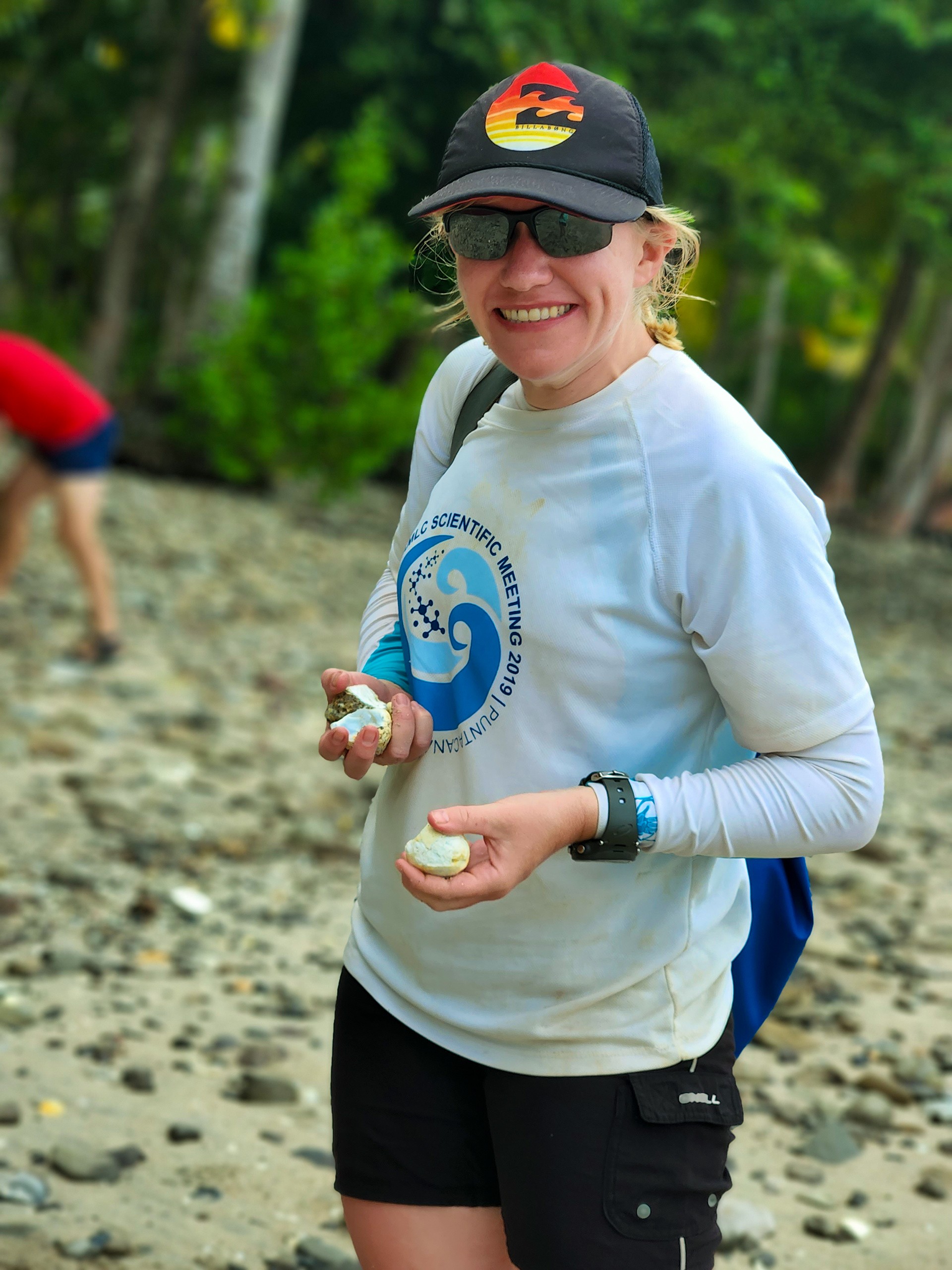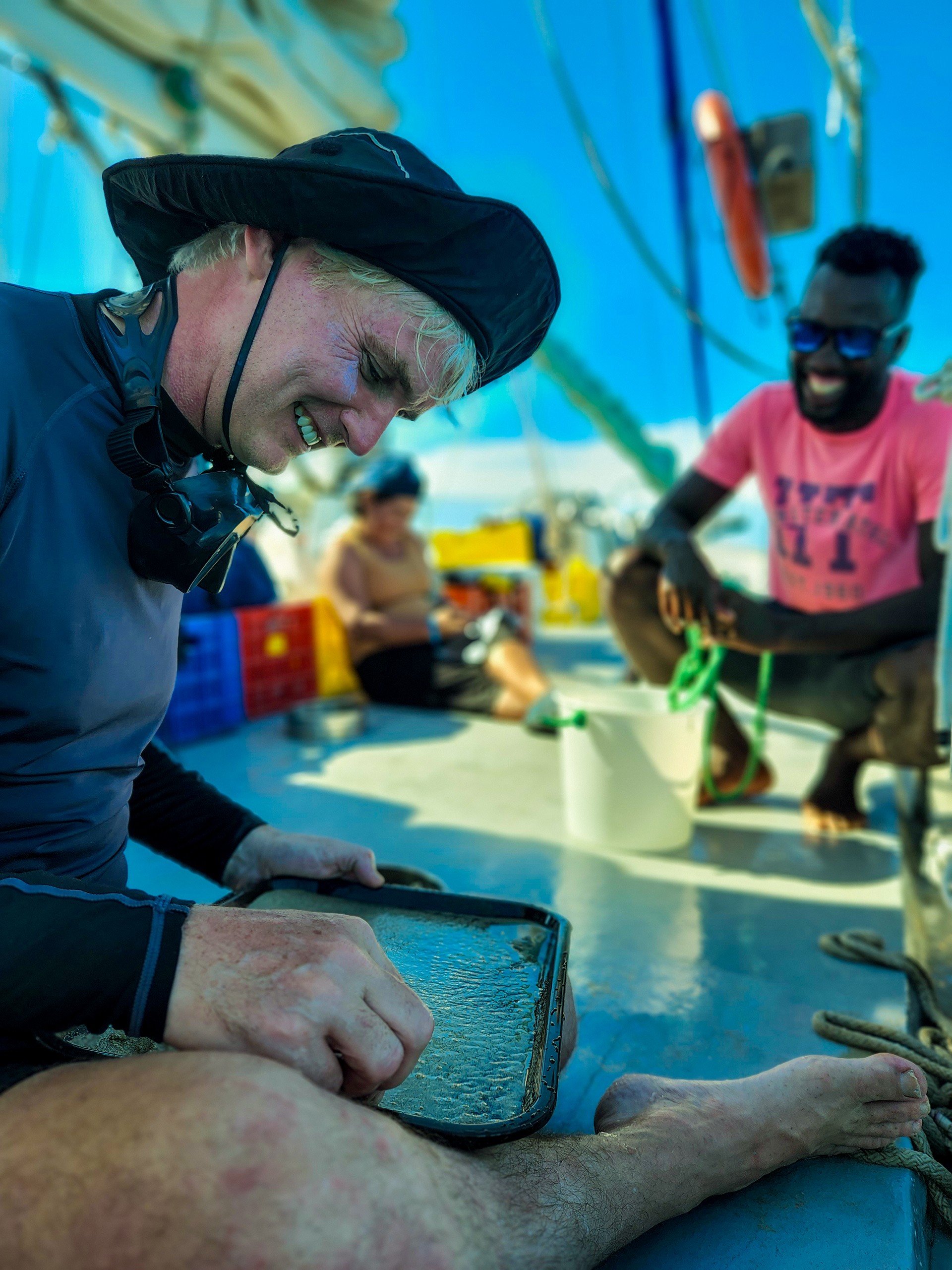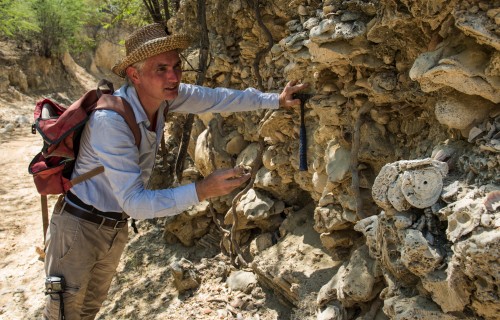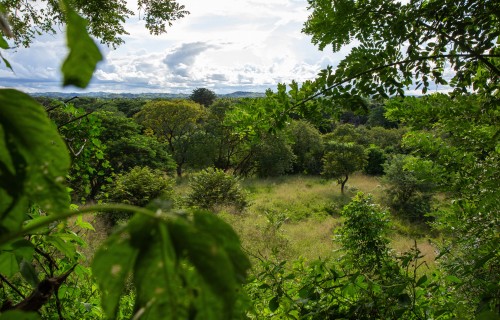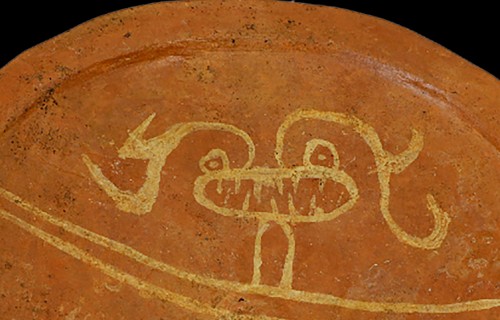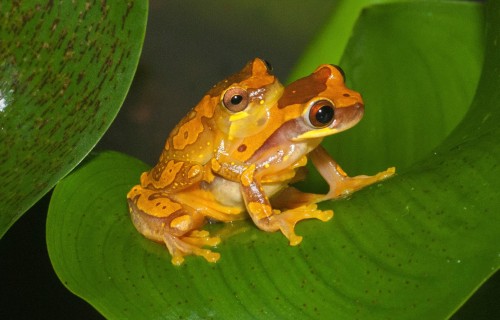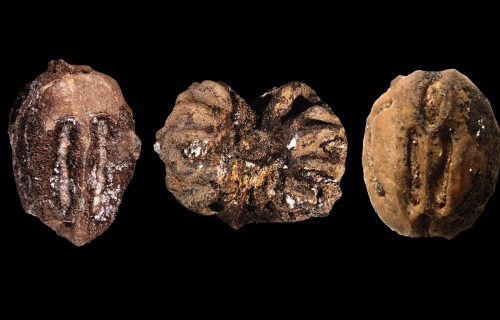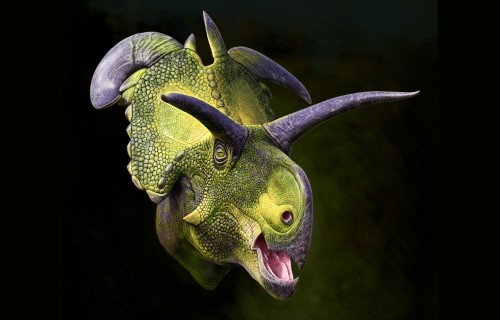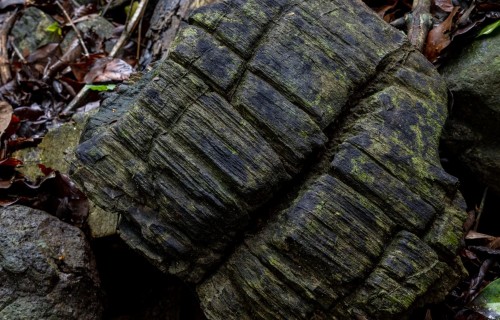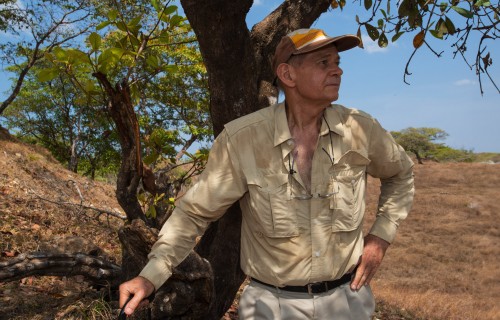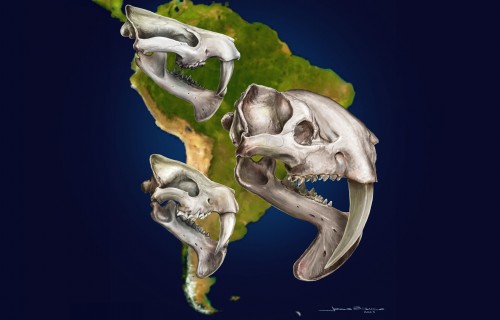We Are All
Ocean Connected
Marine resource use has influenced human population on the Central American Isthmus for millennia
By: Rosannette Quesada-Hidalgo
In a major regional review, scientists reveal the critical interplay of biological, cultural, and environmental factors in shaping past human reliance on marine resources along the Pacific coasts of the Central American Isthmus.
It’s no coincidence that most of the world’s population is situated near the ocean. Coastal locations historically offer advantages for trade and access to resources. In a recent publication in the journal Philosophical Transactions of the Royal Society B, scientists from the Smithsonian Tropical Research Institute (STRI) explored the question: “What role did marine resources play in human societies living on the thin strip of land connecting North and South America, the Central American Isthmus?” Their results are profound: for the over 16,000 years of human habitation of this Isthmus, regardless of climatic or ecological changes, marine resources played a consistent and important role in human livelihoods.
Pedro González Town on Pedro González Island, an island located in Las Perlas Archipelago, Panama.
Credit: Leila Nilipour
This review, which the authors highlight was inspired by the seminal work of late STRI archaeologist Richard Cooke, aims to encourage a new generation of people interested in Isthmian research. “Historical research of the Americas has predominantly focused on the Caribbean and the neighboring Maya and Inca civilizations,” said lead author Jonathan Cybulski, “while the Isthmus region, specifically the Pacific coast, has remained understudied.” This review is the first of its kind for the region, and the authors attempted to merge diverse datasets, case studies, and stories that would be accessible to ecologists, archaeologists, environmental researchers, students, and beyond.
STRI research associate Jonathan Cybulski, the lead author of the recent publication on the history of the Pacific coast of the Central American Isthmus.
Credit: Leila Nilipour
This highly collaborative study examines the long-term use of marine resources along the Central American Isthmus, particularly the Pacific coasts of Costa Rica and Panama —a region where the Pacific Ocean has played a pivotal role in cultural, ecological, and climate evolution. The authors analyze the relationship between the environment and humans between the Last Glacial Maximum (approximately 25,000 years ago) —when global climates were colder, drier, and sea levels were roughly 120 meters lower than today —to the emergence of industrial fishing in the 1950s. Their research integrates evidence from landscapes, climate, precipitation, temperature, and human subsistence patterns across this vast timeframe. Through this review, they identify three main historical shifts in the use of resources:
1. The shift to agriculture (starting approximately 10,000 years ago): As climate and habitat change, and human hunting pressure drove prehistoric megafauna in the Americas to extinction, people had to adapt their resource use. This led to the first clear indication of human environmental impact on the Isthmus: forest management through controlled burning. The rise of crop cultivation appeared shortly thereafter, which likely encouraged a shift from nomadic lifestyles to more settled communities. Despite the ongoing climatic instability, permanent settlements thrived especially in coastal locations, supporting growing populations. Crucially, all these communities increasingly depended on marine resources —such as catfish, mullet, and mollusks —to sustain their way of life.
2. The stabilization of sea level (approximately 7,000 years ago): As the climate and sea level stabilized, nutrient-rich river deltas, mangroves, and dense coral reefs emerged, creating novel environments for human use. Archaeological evidence shows communities thriving along rivers, coastlines, and islands —with island populations relying heavily on reef resources like mollusks, grunts, jacks, groupers, and parrotfish.
These societies employed mixed subsistence strategies: marine harvesting, expanding agriculture (such as maize cultivation), and hunting, which may have contributed to the extinction of some smaller mammals on Isla Pedro González. Regionally, mollusks were so important at this time that they were even used as ornamentation and for trade, highlighting a deeper cultural tie to the ocean.
3. The arrival of the Spanish (1501 CE): The Spanish arrival on the Isthmus dramatically transformed both landscapes and resource use patterns. While some evidence of pre-contact overexploitation and landscape management existed, the Spanish introduced a fundamentally new approach: international trade for economic profit rather than solely for cultural or subsistence needs. As Cybulski notes, “The view of the Isthmus as an extractable resource became a global phenomenon."
The authors conclude that a fundamental question remains: How can we create a sustainable relationship with the ocean? “The most humbling part to me about our ocean is the massive role it plays in controlling our climate, temperature, food, and even the oxygen we breathe” Cybulski stated. “But more than that – it is part of our human history and culture. In reality, the ocean has played a critical role in shaping what makes us human. Hopefully this article is a powerful reminder of that and inspires needed protection and conservation for the future.”
Brígida De Gracia and Erin Dillon exploring Isla Bartolomé, an island located in Las Perlas Archipelago, Panama.
Credit: Leila Nilipour
This research was the result of a collaborative effort including STRI, the Graduate School of Oceanography at the University of Rhode Island, the Universidad Externado de Colombia, the Department of Anthropology at the University of Illinois, Chicago, the Estación Científica Coiba AIP, the Secretaría Nacional de Ciencia, Tecnología e Innovación (SENACYT) and its Sistema Nacional de Investigación (SNI), and the Centro de Investigaciones Históricas, Antropológicas y Culturales – AIP in Panama.
STRI researcher Brígida De Gracia, exploring Playa Don Bernardo on Pedro González Island, Las Perlas Archipelago, Panama.
STRI researcher Erin M. Dillon exploring Playa Don Bernardo on Pedro González Island, Las Perlas Archipelago, Panama.
Reference: Cybulski JD et al. 2025 Historical Ecology of the Southern Central American Pacific Coast. Phil. Trans. R. Soc. B 380: 20240042. https://doi.org/10.1098/rstb.2024.0042






